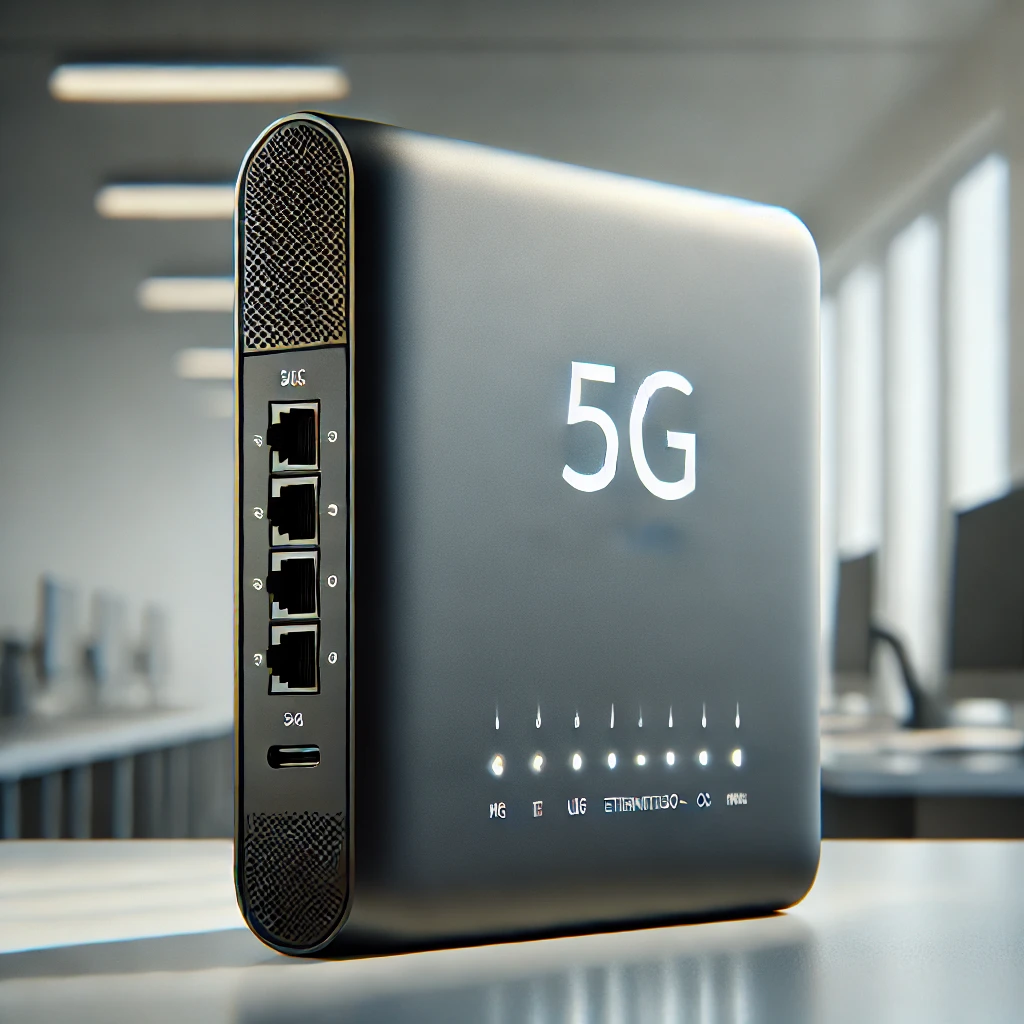The Growing Popularity of 5G Gateways
As 5G technology continues to reshape internet connectivity, devices like the T-Mobile Nokia 5G21 Gateway are gaining popularity in households across the globe. These devices promise faster speeds, reliable connections, and the flexibility of wireless technology, making them an appealing alternative. However, home users often wonder: is plugging your laptop directly into the gateway the same as plugging into a router? Let’s explore the differences, advantages, speeds, and disadvantages of using these devices while highlighting other companies offering similar products.
What is the T-Mobile Nokia 5G21 Gateway?
The T-Mobile Nokia 5G21 Gateway is a compact device that delivers high-speed 5G Internet connectivity directly to your home. Instead of relying on cable or DSL connections, the gateway uses 5G signals to provide internet access, making it particularly beneficial in areas without strong traditional broadband infrastructure.
Plugging into a Gateway vs. a Router
1. Direct Connection to a Gateway
Plugging your laptop into the T-Mobile Nokia 5G21 Gateway means you’re connecting directly to the device that receives the Internet signal. This connection eliminates potential latency introduced by an additional router, often resulting in faster and more stable speeds.
2. Plugging into a Router
In a traditional setup, your router connects to a modem, which then receives the internet signal from your ISP. Plugging into the router connects you to the local network, but the quality and speed depend on the router’s capabilities and the modem’s efficiency.
Advantages of Using 5G Gateways
- High Speeds
With 5G, gateways like the Nokia 5G21 can achieve download speeds exceeding 300 Mbps, rivaling or even surpassing fiber and cable internet. - Easy Installation
These gateways are plug-and-play devices, removing the need for extensive wiring or professional installation. - Portability
Unlike traditional modems and routers tied to a fixed location, 5G gateways can be moved to areas with stronger signal reception. - Elimination of Multiple Devices
Combining modem and router functionalities reduces clutter and simplifies troubleshooting.
Disadvantages of Using 5G Gateways
- Signal Dependence
Performance depends on the strength and availability of the 5G signal, which can vary by location. - Device Limitations
While effective for small to medium households, these gateways may struggle to support numerous high-bandwidth devices simultaneously. - Cost
Although they eliminate the need for separate devices, 5G gateways can be more expensive upfront or tied to monthly plans.
Other Companies Offering Similar Products
One standout competitor in this space is Verizon with its Verizon 5G Home Internet Gateway. Similar to T-Mobile’s offering, Verizon’s gateway combines modem and router functionalities to deliver fast and reliable 5G Internet.
Features of the Verizon 5G Gateway
- Speeds: Offers up to 1 Gbps in ideal conditions.
- Design: Compact, sleek, and user-friendly.
- Coverage: Tailored for suburban and urban areas with widespread 5G deployment.
- Pricing: Competitive plans with incentives like no annual contracts or hidden fees.
Who Should Consider a 5G Gateway?
- Urban Residents: Ideal for city dwellers with strong 5G signal coverage.
- Frequent Movers: Portable enough for those who relocate often.
- Cord-Cutters: A viable alternative for users moving away from traditional broadband services.
Conclusion
5G gateways like the T-Mobile Nokia 5G21 are revolutionizing home Internet, offering a seamless blend of speed, simplicity, and convenience. While plugging into the gateway provides a direct and efficient connection, understanding its differences from traditional router and modem setups is key to maximizing your Internet experience. With competitors like Verizon offering similar products, consumers have a variety of options tailored to their specific needs. As 5G coverage expands, these gateways are set to become a staple in modern households, bridging the gap between mobility and connectivity.
For more articles and reviews, click here.
